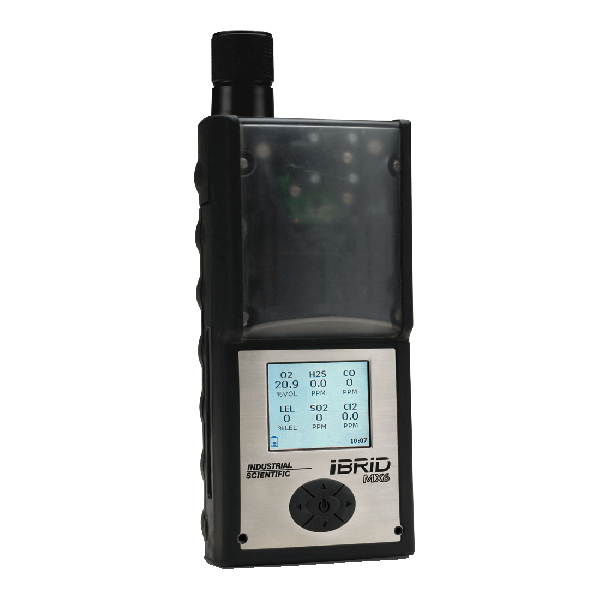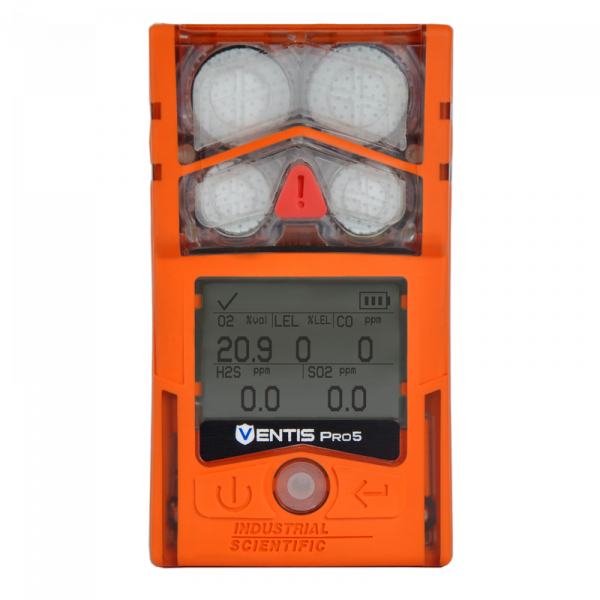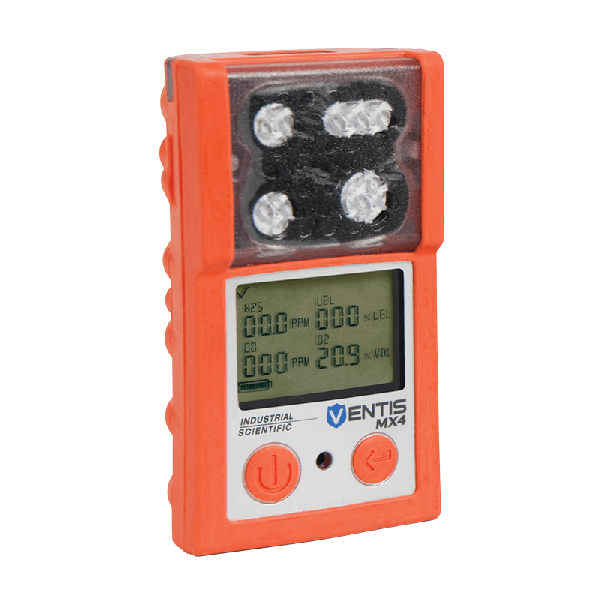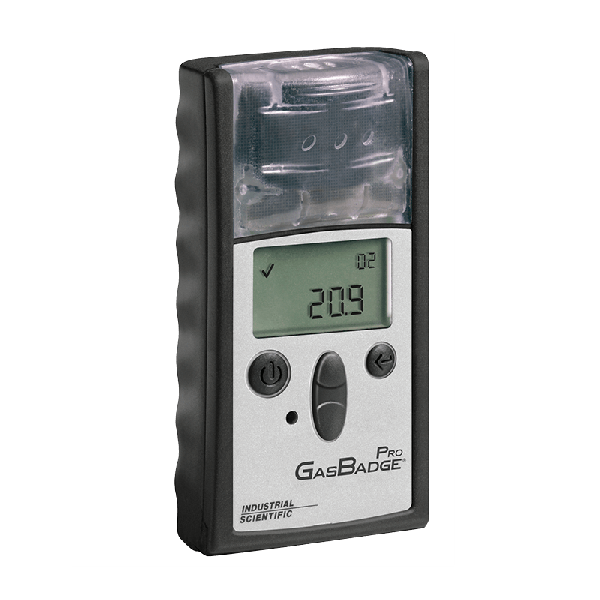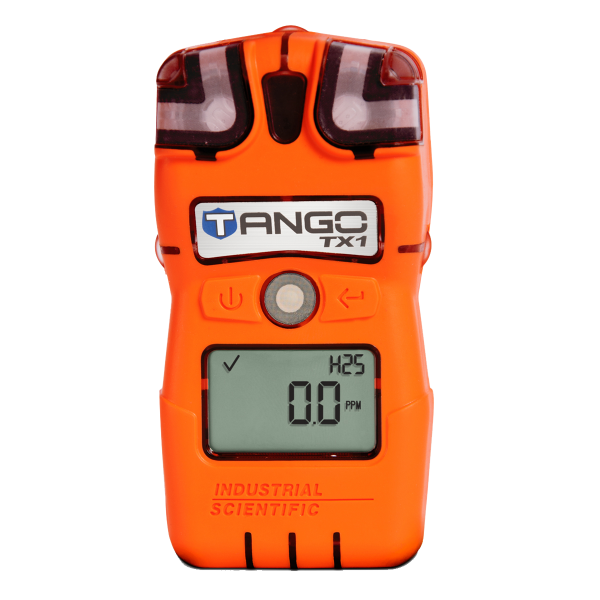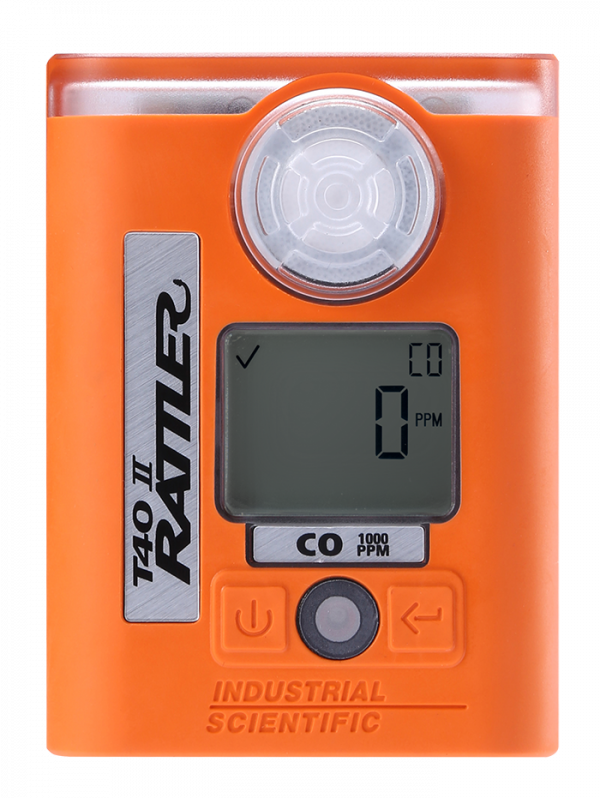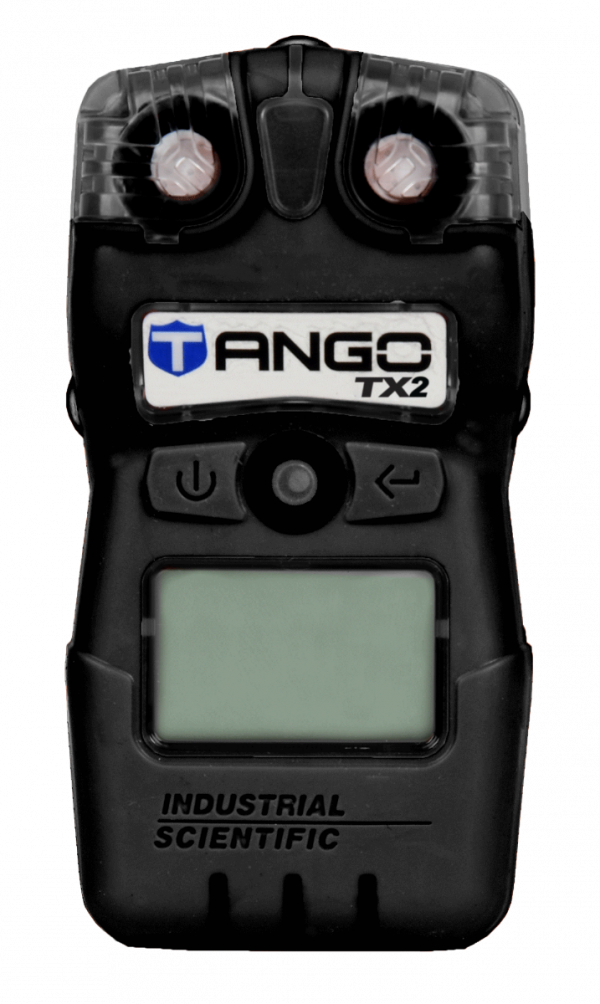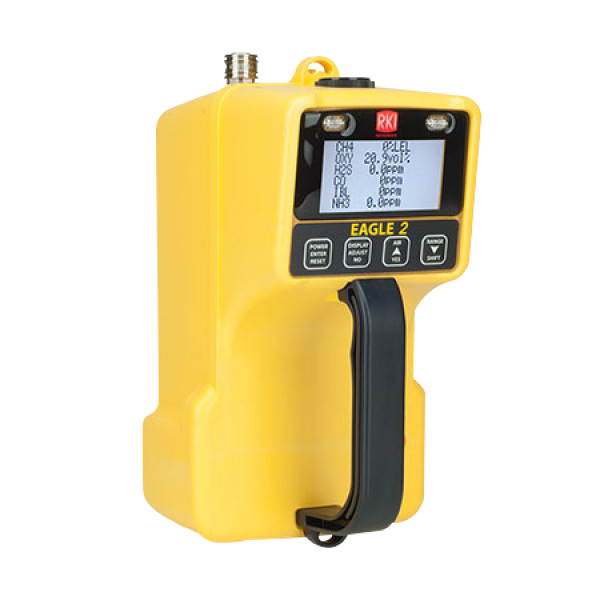Yes, Air-Met Scientific supplies a wide range of personal and confined space gas detectors for sale and rental. Our product range includes multi and single gas monitors that can simultaneously detect six different gases for a wider safety coverage to gas monitors which can detect just one gas. Contact your local Air-Met Rental office to discuss you gas detection hire needs.
We recognise the critical need to minimise downtime and ensure the optimal performance of your equipment which is why we have established six service centres nationwide as well as a fleet of on-site service vehicles for added convenience. Our service technicians are dedicated to servicing, maintaining, and calibrating your gas detection equipment, ensuring it remains in top condition, keeping your team safe. Contact your local service office or click here to book a service.
According to the Australian Standard for Confined Spaces AS 2865-2009, a confined space is defined as:
An enclosed or partially enclosed space that is not designed or intended for continuous human occupancy and has:
- Limited means of entry or exit; and
- Poor natural ventilation; and
- Is a risk of:
- Asphyxiation due to an inadequate oxygen atmosphere;
- Entrapment due to collapsing or flowing materials; or
- Poisoning due to airborne contaminants.
The standard also clarifies that a confined space can be:
- Totally enclosed: A space with no openings, such as a tank or silo.
- Partially enclosed: A space with limited openings, such as a pit or trench.
It's important to note that not all enclosed spaces are considered confined spaces. For example, an office or a factory building would not be considered confined spaces because they are designed for continuous human occupancy and have adequate ventilation.
Confined space gas detectors or personal gas monitors are used by various professionals and industries where workers may be exposed to potentially hazardous atmospheres within confined spaces. Industries such as refineries, wastewater treatment plants, mines and manufacturing sites use these devices to continuously monitor hazardous gas levels within enclosed spaces for the presence of specific gases that may pose a threat to human health or safety.
These devices typically use various sensors to detect different types of gases,and when the concentration of a hazardous gas exceeds a preset threshold, the detector triggers an alarm to alert users of the potential danger. Common gas limits displayed on a personal gas monitor include:
- Lower Explosive Limit (LEL)
- Upper Explosive Limit (UEL)
- Short-Term Exposure Limits (STEL)
- Oxygen Monitoring.
Hazardous gases in confined space are commonly monitored using fixed gas detectors and personal gas monitors. Fixed gas detection provides continuous monitoring of a site while personal gas monitors are worn by workers to alert them of potential exposure to dangerous gases when working in confined spaces. Portable gas monitors are clipped onto a workers clothing and can provide real time data and alert workers on exceeding hazardous gas levels, whereas fixed gas monitors can provide a reading of ambient air inside a confined space and alert workers of unsafe levels of hazardous gas before they enter the enclosed space.
Yes, in Australia everyone needs a permit to enter confined spaces. The entry into confined spaces is regulated to ensure the safety of workers, as these spaces can present various hazards such as limited access, restricted movement, and potential atmospheric dangers. The permit system is designed to control and authorise entry into confined spaces, and it usually involves a careful assessment of the potential risks and the implementation of appropriate safety measures.
The permit to enter a confined space is typically issued after a thorough evaluation of factors such as the atmosphere inside the confined space, the nature of the work to be performed, and the availability of necessary safety equipment such as a confined space gas monitor. A confined space entry permit must be issued by a competent person and needs to state:
- Identification of the specific space in question.
- Name of the authorised person entering the confined space.
- Scheduled timeframe for the work to be conducted.
- Comprehensive control measures addressing potential entry and work-related risks.
- A segment for the competent person's acknowledgment that all personnel have exited the confined space.
The Australian Standard for confined space, AS 2865-2009- Safe Working in a Confined Space, is jointly prepared by representatives of the National Occupational Health and Safety Commission (NOHSC) and the Standards Australia Committee. The Standard was passed to eliminate, or where possible, minimise the need for workers to enter confined spaces. It emphasises the organisation’s responsibilities whilst also covering the requirements and risk controls for managing work in confined spaces. AS 2865-2009 applies to anyone entering such spaces for any purpose, including maintenance, cleaning, inspection, or other reasons. The AS 2865-2001 is just one element of confined space safety in Australia.
Businesses should also be aware of relevant Work Health and Safety (WHS) regulations and codes of practice in their state or territory.
In Australia, workplace exposure standards for gases (and other hazardous substances) are set by Safe Work Australia. These standards outline the maximum allowable airborne concentrations of hazardous substances in the workplace to protect the health and safety of workers. The specific workplace exposure standards for gases can vary depending on the type of gas and its potential health effects.
For the most accurate and up-to-date information on workplace exposure standards for gases in Australia, it's recommended to consult the Safe Work Australia website or directly refer to the latest edition of the "Workplace exposure standards for airborne contaminants" publication. This publication provides detailed information on exposure standards for various gases, vapours, dusts, fumes, and other airborne contaminants commonly found in workplaces.
Gas monitors are essential lifesaving device designed to keep your site and your team safe. Your peace of mind begins with the unparalleled quality of service that only our Industrial Scientific trained service technicians and genuine Industrial Scientific parts can provide. Proudly distributing and servicing Industrial Scientific gas monitoring solutions since 2002, our service technicians only utilise genuine Industrial Scientific parts during maintenance, guaranteeing the authenticity and reliability of every component, safeguarding product warranty and ensuring optimal performance and accuracy.
Contact our network of service centres today to book a service.


